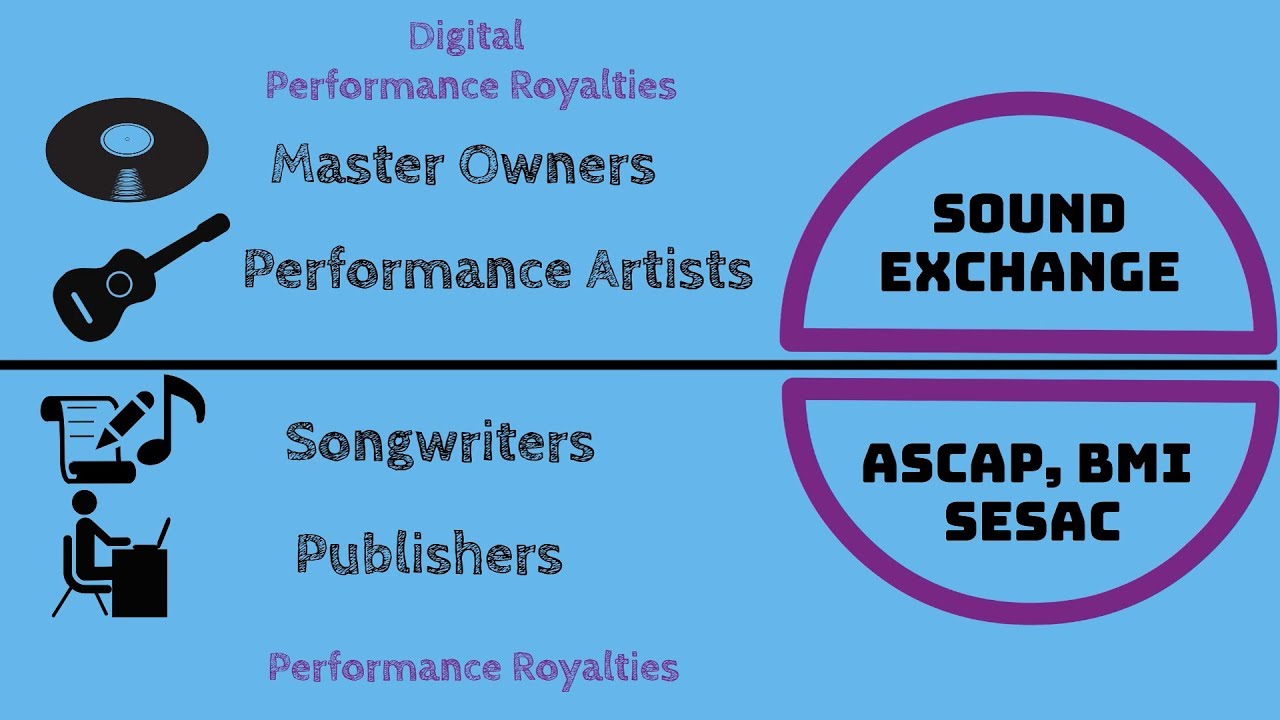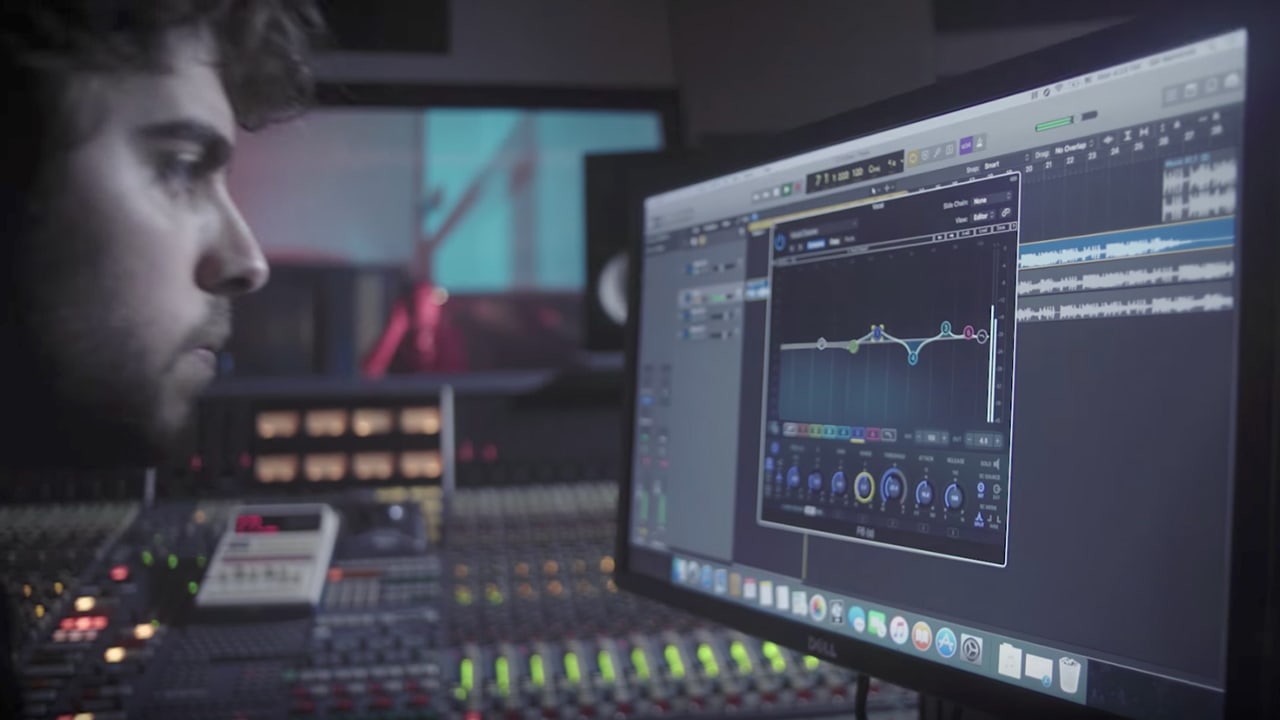
As a musician or creative, you know that building a strong fan base is essential to your success. But how do you go about doing that? One of the best ways is to collaborate with other musicians and creatives on social media.
How Collaboration Can Help You Identify and Build Your Core Fans
Collaboration can help you identify and build your core fans in a number of ways:
- It can help you reach a wider audience. When you collaborate with other musicians and creatives, you can tap into their existing fan bases. This can help you reach a wider audience and expose your music to more people.
For example, let’s say you’re a singer-songwriter who collaborates with a popular DJ. When you release a song together, you’ll be able to reach the DJ’s fans, who may not have heard of you before. This can help you expand your reach and get your music heard by more people.
- It can help you build relationships with other musicians and creatives. When you collaborate with others, you get to know them better and build relationships with them. These relationships can be invaluable in the music industry.
For example, let’s say you’re a producer who collaborates with a few different singers. As you work with these singers, you’ll get to know their music taste, their style, and their goals. This can help you better understand what kind of music they’re looking for and how you can help them achieve their goals.
- It can help you learn new things. When you collaborate with others, you get exposed to new ideas and techniques. This can help you improve your own music and creative skills.
For example, let’s say you’re a rapper who collaborates with a producer who specializes in electronic music. The producer may introduce you to new sound effects and techniques that you can use in your own music. This can help you expand your sound and create more innovative music.
- It can help you stay motivated. Collaborating with others can be a lot of fun and can help you stay motivated to create music and art.
For example, let’s say you’re a songwriter who’s feeling stuck in a creative rut. Collaborating with a friend or bandmate can help you get out of your comfort zone and try new things. This can help you break through the creative block and start writing new music again.
How to Use Social Media to Promote Your Collaborations
Once you’ve found some musicians and creatives to collaborate with, you can start using social media to promote your collaborations. Here are a few ways to do this:
- Post about your collaborations on your social media channels. Let your fans know about the collaborations you’re working on and why they should be excited about them.
For example, you can post a photo of yourself and the other musicians involved in the collaboration, or you can share a link to the song or album you’ve released together.
- Tag the other musicians and creatives involved in your collaborations. This will help them get exposure for their work and encourage their fans to check out your music.
For example, you can tag the other musicians in your posts, or you can add their social media handles to your bio.
- Use relevant hashtags. When you post about your collaborations, use relevant hashtags so that people who are interested in that kind of music can find it.
For example, if you’re a rapper who collaborates with a pop singer, you could use hashtags like #rap #pop #collaboration #music.
- Run contests and giveaways. You can run contests and giveaways to promote your collaborations and encourage people to check out your music.
For example, you could offer a free download of your song to anyone who follows you and tags a friend in your post.
Conclusion
By collaborating with other musicians and creatives on social media, you can reach a wider audience, build relationships, learn new things, and stay motivated. These are all essential ingredients for building a strong fan base.
In addition to the tips mentioned above, here are a few other things to keep in mind when collaborating with peers and other musicians/creatives via social media:
- Be respectful of each other’s time and creative vision.
- Be clear about your expectations and goals for the collaboration.
- Be willing to compromise and be flexible.








 Creating music or audio content from the comfort of your own home is a dream for many aspiring musicians, podcasters, and voice-over artists. However, the perception of setting up a home recording studio often comes with a hefty price tag, making it seem like an unattainable goal for those on a budget. But fear not! With the right approach and some helpful tips, you can set up a home recording studio without breaking the bank. In this blog post, we’ll explore cost-effective strategies to build your own creative space, drawing inspiration from renowned books such as
Creating music or audio content from the comfort of your own home is a dream for many aspiring musicians, podcasters, and voice-over artists. However, the perception of setting up a home recording studio often comes with a hefty price tag, making it seem like an unattainable goal for those on a budget. But fear not! With the right approach and some helpful tips, you can set up a home recording studio without breaking the bank. In this blog post, we’ll explore cost-effective strategies to build your own creative space, drawing inspiration from renowned books such as 





















